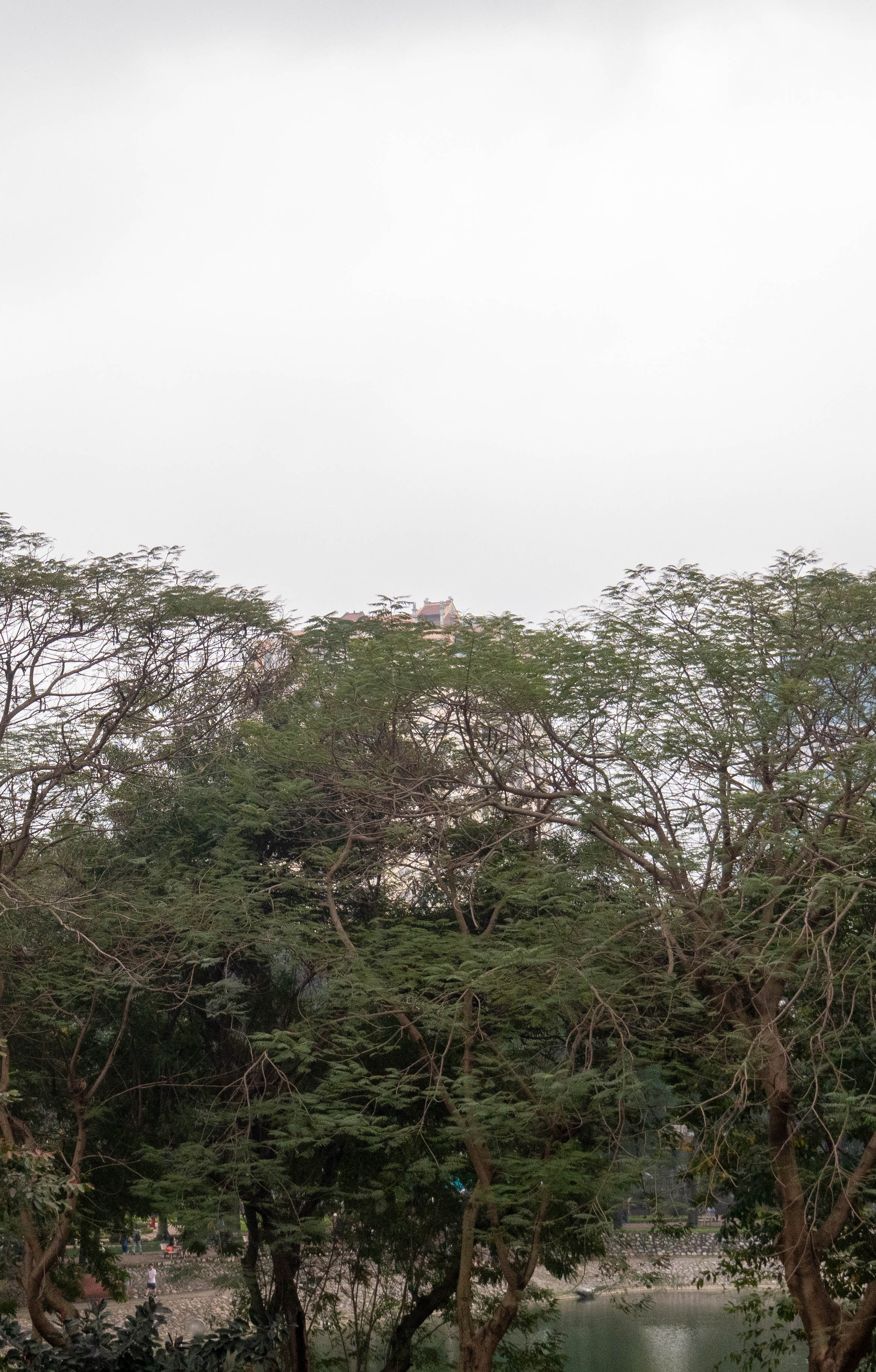Page 6
4/6/2024
Living in the past…
From a brain perspective, vision is a complex process involving photons from the sun (or some other source) bouncing off an object, entering the eye, striking the retina at the back of the eyeball, and being magically converted into electrical charges (called action potentials); which then propagate along nerve axons to the visual cortex at the back of the brain where they get dispersed throughout a variety of brain areas. Well, more or less, give or take a process or two along the way…
That said, neuroscience research findings vary on how long it takes for the brain to process light waves (photons) into our awareness or transform them into some understanding of what we are “seeing”. Depending on the circumstances it can take between 13 milliseconds (Potter et al., 2013; FYI: a double eye-blink which is faster than a single eye blink takes ~300-400 milliseconds) and 15 seconds (Manassi & Whitney, 2022).
So, what I'm saying is: We're living in the past. That is, what we perceive to be happening in the present has already occurred; it just takes our brain a “moment” to catch up.
Interesting, right? but who cares, you might ask? Well, I do. As a neuroscientist who explores how the brain works, I found myself pondering one of these processing “moments” not too long ago, as I snapped the picture below on a hot, humid, cloudy afternoon.
My first thought was “Oh!…so that's where tree fairies live…”. Then I remembered tree fairies aren't real (are they?)
Well then, I thought, “that must be the home of a Bird of Paradise”, but then I remembered that's a flower.
Finally I decreed , alas, I need to get my vision checked.

NOVEMBER p.2, p.3, p.4, p.5, p.6, p.7
DECEMBER p.2, p.3, p.4, p.5 p.6, p.7, p.8
MARCH p.2, p.3, p.4 p.5, p.6, p.7